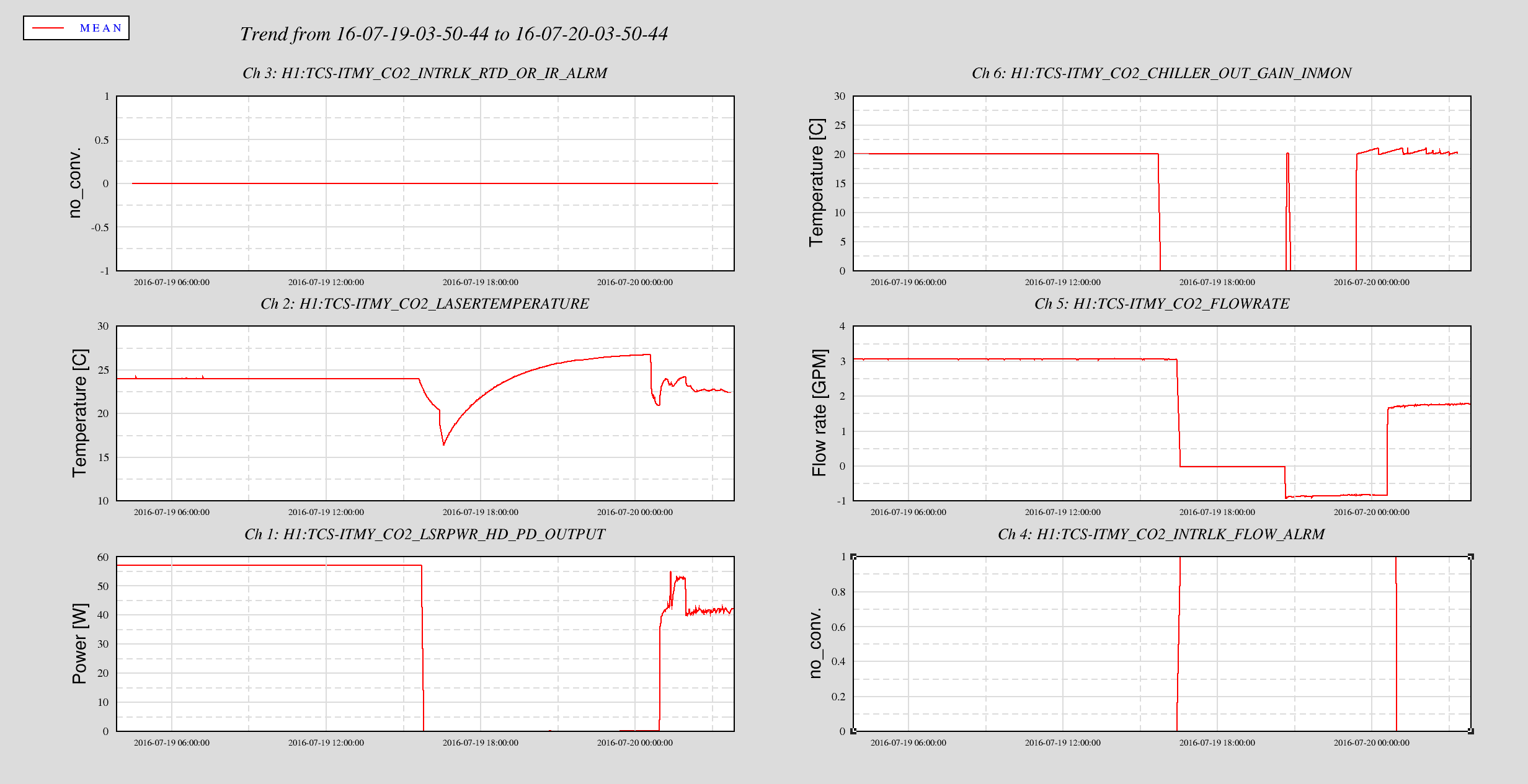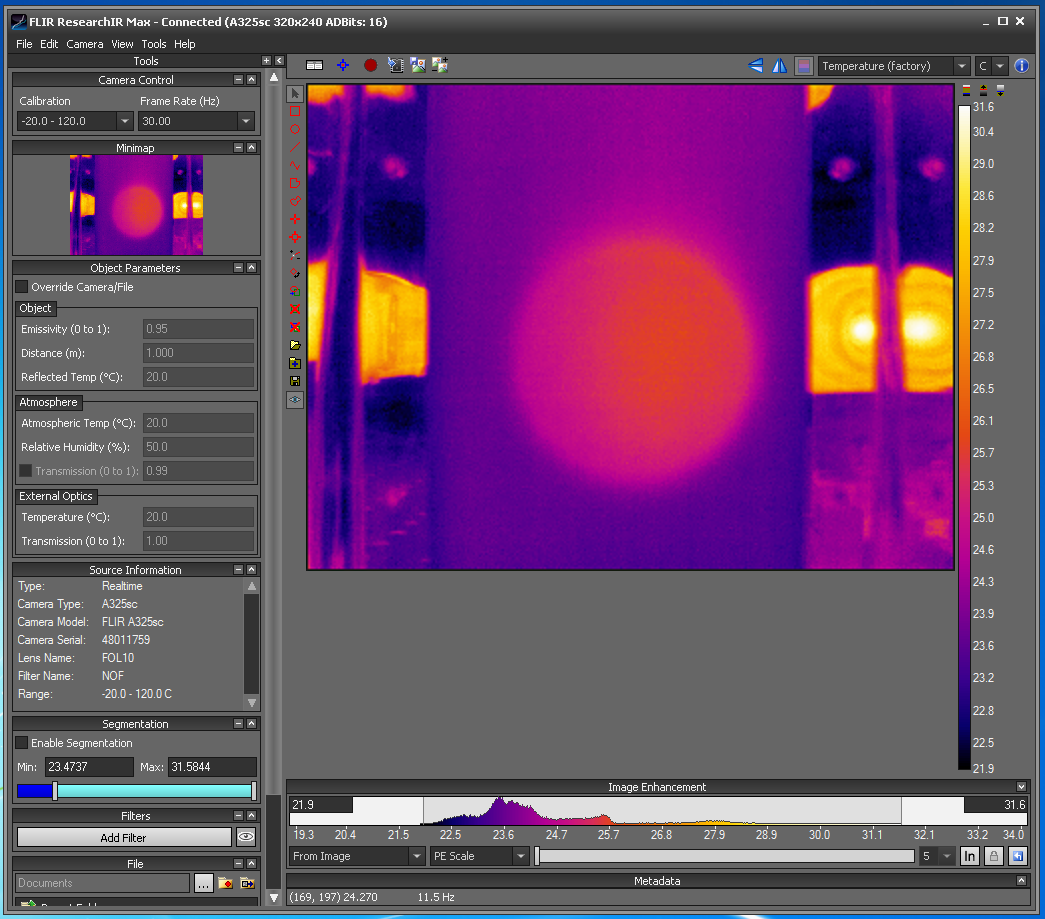Stefan, Matt, Evan
We thought a bit about how thermally driven fluctuations in the polarization density of the test mass substrate could couple into DARM. We made a preliminary calculation of this noise for a single test mass biased at 380 V. This is not currently limiting the DARM sensitivity (since bias voltage reduction tests showed no effect), but could be important once aLIGO is closer to design sensitivity.
The test mass substrate and the reaction mass electrodes can be considered as a capacitor with position-dependent capacitance , where d is the gap distance. The dielectric loss of the substrate will contribute a small imaginary part
to this capacitance. If a significant fraction of the electrostatic field density from the electrodes is located inside the test mass substrate, then the loss angle of the capacitance will be similar to the dielectric loss of the substrate.
If a sinusoidal voltage is applied to the bias electrode (and the quadrant electrodes are held at ground), then the charge accumulated on the electrodes is
. The time-averaged power dissipated per cycle is then
.
Since , we therefore have
.
This voltage noise can then be propagated to test mass motion in the usual way. Using an ESD coefficient 2×10−10 N/V2 and a gap distance of 5 mm, this fixes the capacitance at C0 = 2 pF.
The loss tangent of Suprasil is quoted as 5×10−4 at 1 kHz. If this is assumed to be structural, then for a 380 V bias, the expected displacement ASD is 8×10−22 m/Hz1/2 at 100 Hz, falling like f5/2. This is shown in the attachment, along with the aLIGO design curve.
We have not considered the capacitance of the ESD cables, or of nearby conductors (e.g., ring heaters). (The effect of the series resistors in the ESD cables was considered by Hartmut some time ago.)
The Dynasil web site quotes dielectric properties of fused silica from MIT's Laboratory for Insulation Research, circa 1970.
These vales for the loss tangent are much lower, e.g.: < 4e-6 at 100 Hz.


























